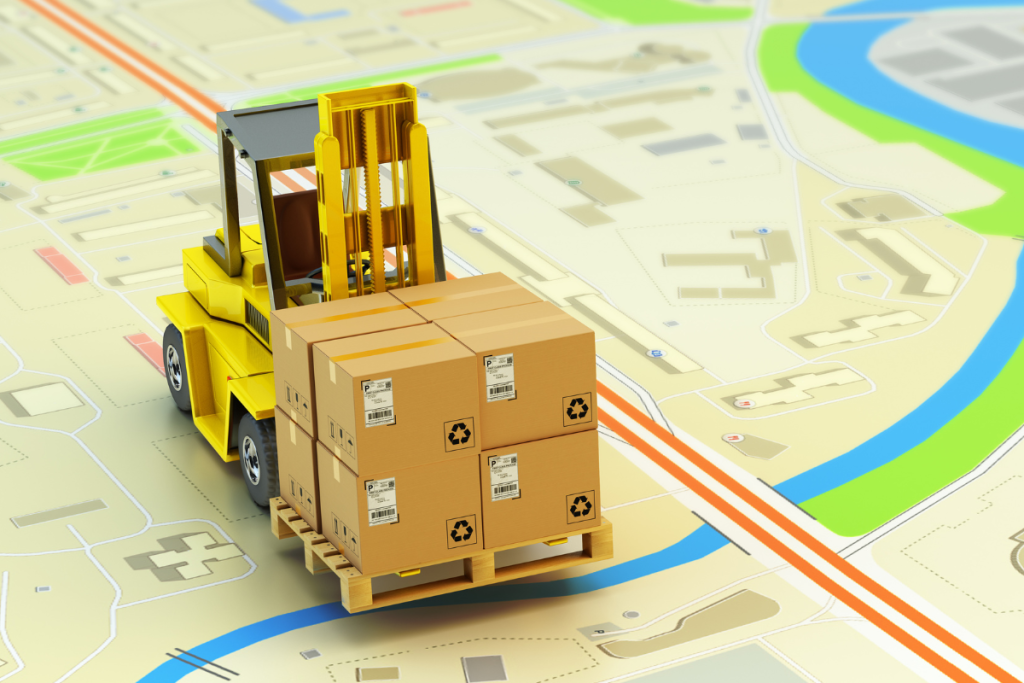As retailers double down on AI and robotics to streamline returns, they’re reclaiming lost margin and accelerating resale. But this backend efficiency conceals a front-end problem: most returns are still preventable. Without addressing the upstream drivers, unclear product content, avoidable delivery errors, and sizing inconsistencies, companies risk institutionalizing inefficiencies at scale.
Reverse Logistics Is Growing Smarter and Faster
What was once a cost center is becoming a margin recovery engine. Leading retailers are now integrating robotics, computer vision, and real-time grading tools into dedicated reverse logistics hubs. Amazon’s grade-and-resell initiative, for instance, uses machine learning to classify returned goods by condition, enabling automated resale or refurbishment flows. At Decathlon, AI-driven scoring tools route items across resale, refurbishment, donation, or recycling channels with minimal manual input.
This shift is paying off. According to trade reports, retailers deploying automated reverse workflows are recapturing up to 70% of an item’s original value, especially in categories like sporting goods, electronics, and fashion. Robotics reduce triage time, while ERP-integrated pricing models ensure high-return SKUs are prioritized for resale. Even returns geography is becoming more dynamic: items returned in one region can now be rerouted to demand hotspots elsewhere, thanks to circular inventory syncing.
But Automation Alone Won’t Stop the Bleed
Despite these advances, the volume of returns remains stubbornly high. Recent data from returns technology providers indicates that many categories, especially apparel and electronics, still experience double-digit return rates. The cause? Often, the problem starts before the sale is even made.
Inconsistent sizing charts, poor product imagery, and vague descriptions lead customers to purchase items that don’t match expectations. Fulfillment issues, including late deliveries and packaging damage, further compound dissatisfaction. While backend automation helps process the fallout, it does little to address the root causes.
This is where many companies fall short. Investing heavily in reverse automation without parallel improvements in merchandising accuracy, product content governance, and customer service creates a high-speed loop of avoidable returns. The result: operational excellence in fixing mistakes that didn’t need to happen.
Returns Data Should Guide the Next Sale
Returns intelligence is no longer just a logistics tool, it’s becoming an upstream asset. Companies that loop reverse data back into product development and content workflows are cutting avoidable returns before they happen. For instance, high-return SKUs can be flagged for enhanced descriptions, improved imagery, or size standardization. Where patterns show fulfillment errors, proactive adjustments to last-mile partners or packaging configurations can be made.
Retailers like Zalando and Best Buy have begun to tie returns behavior directly into online merchandising decisions, suppressing or modifying listings based on returns performance. These feedback loops not only reduce costs but also enhance customer satisfaction and long-term loyalty.
Yet this feedback architecture remains underdeveloped in many organizations. Returns insights are often siloed within logistics or warehousing teams, with limited integration into merchandising or customer experience platforms. Unlocking the full value of returns data requires systemic changes, not just better sorting robots.
Automation Isn’t Always the Smartest Fix
As automation becomes more accessible and affordable, the temptation is to solve every downstream problem with smarter tech. But there’s a diminishing return on automation if upstream processes remain flawed. In some cases, investing in better size guides, improved content management systems, or cross-functional accountability yields greater margin protection than adding another robotic arm. The smarter play isn’t just building faster returns infrastructure, it’s reducing the need for it in the first place.





